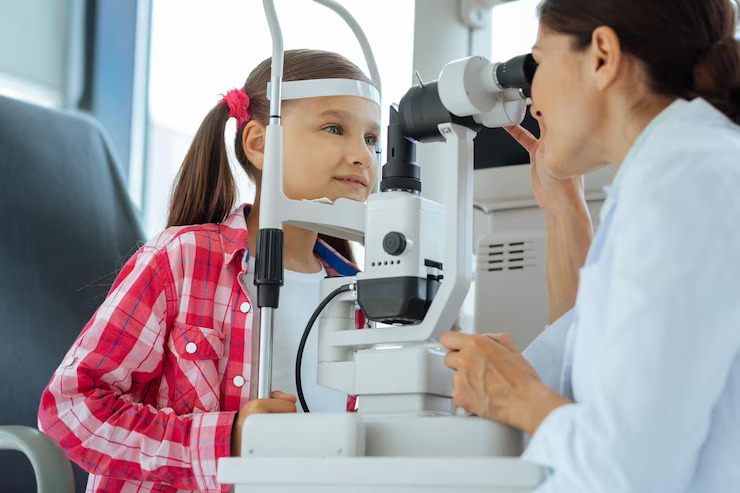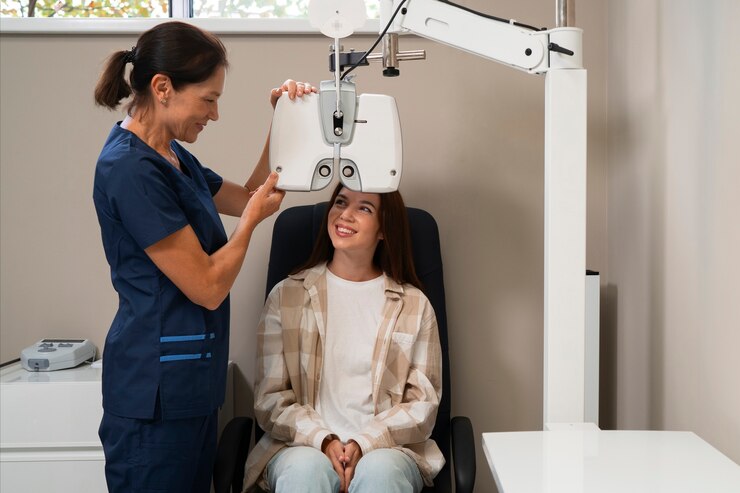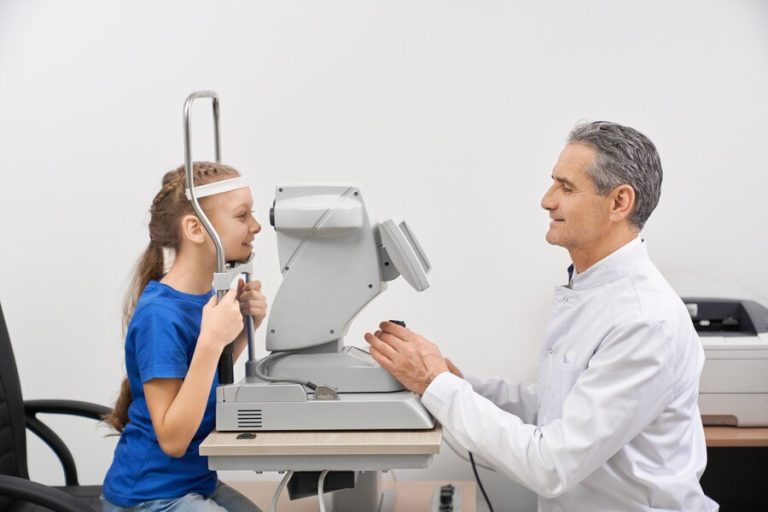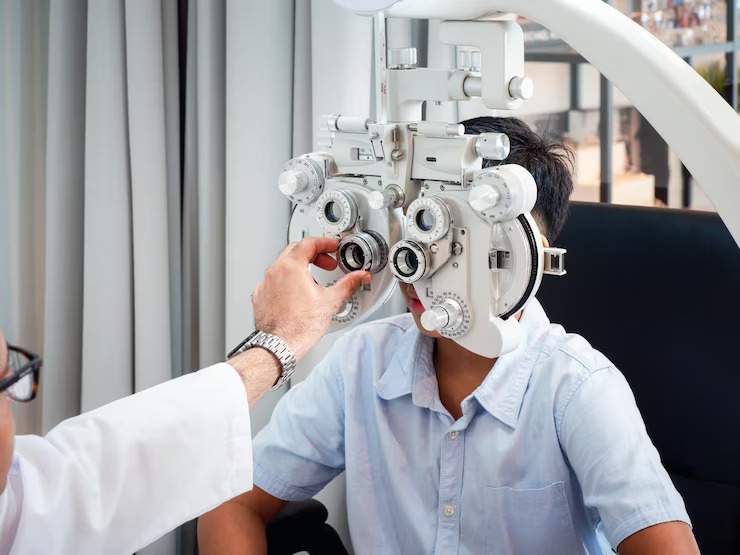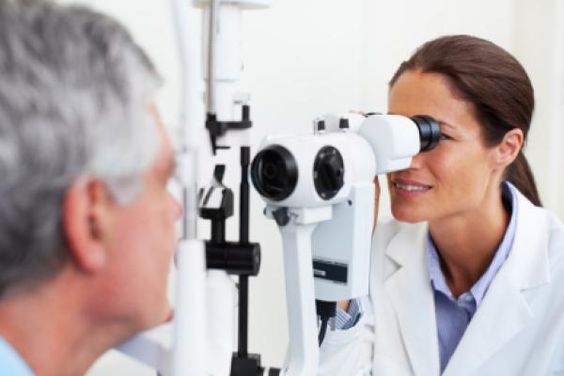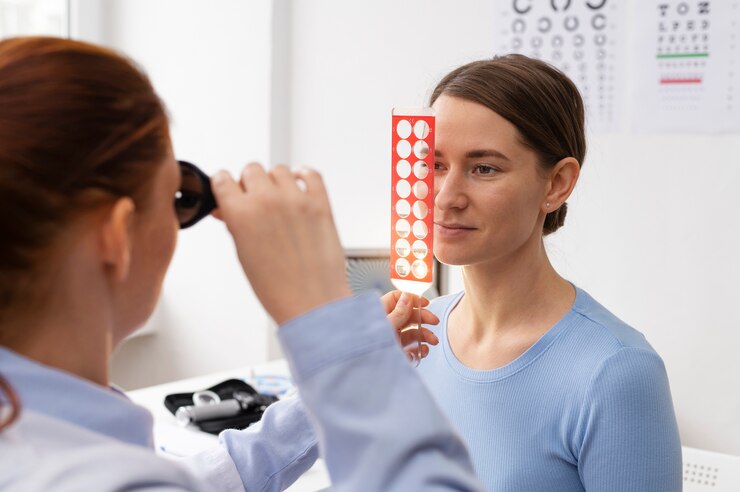Components Of A Complete Eye Examination
A comprehensive eye examination is a vital aspect of maintaining good eye health and vision. It involves a series of tests and assessments to evaluate various aspects of vision, eye health, and ocular function. In this article, we will explore the components of a complete eye examination, the purpose of each test, and why regular eye exams are essential for overall eye health and well-being.
Visual Acuity Testing
Visual acuity testing is one of the most basic and essential components of an eye examination. It measures the clarity and sharpness of vision at various distances. The Snellen chart, consisting of rows of letters or symbols of decreasing size, is commonly used for visual acuity testing. During the test, the patient is asked to read the letters or symbols on the chart from a specific distance. The results are recorded as a fraction, with the top number representing the distance at which the chart is viewed and the bottom number indicating the smallest line of letters or symbols accurately read. Visual acuity testing helps identify refractive errors such as nearsightedness, farsightedness, or astigmatism, which can be corrected with prescription glasses or contact lenses.
Refraction Testing
Refraction testing is performed to determine the appropriate prescription for corrective lenses (glasses or contact lenses) to achieve optimal visual acuity. During the test, the eye care professional uses a phoropter or trial frame to present a series of lens options while assessing the patient’s vision. The patient is asked to provide feedback on which lenses provide the clearest and most comfortable vision. Refraction testing helps correct refractive errors by adjusting the power and curvature of the lenses to focus light properly on the retina, resulting in improved visual clarity and sharpness.
Examination of the External Eye Structures
The external examination of the eye includes an assessment of the eyelids, eyelashes, conjunctiva, sclera, and surrounding tissues for signs of abnormalities or conditions such as inflammation, infection, or allergies. The eye care professional may use a slit lamp biomicroscope or magnifying loupe to examine the external structures in detail. Additionally, the presence of any abnormalities such as redness, swelling, discharge, or lesions may indicate underlying eye conditions or systemic health issues that require further evaluation and management.
Intraocular Pressure Measurement
Intraocular pressure (IOP) measurement is a crucial component of a comprehensive eye examination, as elevated IOP is a primary risk factor for glaucoma, a leading cause of irreversible vision loss if left untreated. The most common method of measuring IOP is using a tonometer, which delivers a puff of air onto the cornea or gently touches the cornea with a probe to assess its resistance. Elevated IOP may indicate increased fluid pressure within the eye, which can damage the optic nerve and lead to vision loss over time. Regular IOP measurements help detect and monitor glaucoma, allowing for early intervention and treatment to preserve vision.
Dilated Eye Examination
A dilated eye examination involves the administration of dilating eye drops to enlarge the pupil, allowing for a more thorough evaluation of the internal structures of the eye, including the retina, optic nerve, and macula. The eye care professional uses a special magnifying lens and light source to examine these structures in detail. Dilated eye examinations are essential for detecting and monitoring various eye conditions and diseases, such as diabetic retinopathy, age-related macular degeneration, retinal detachment, and optic nerve abnormalities. Early detection and treatment of these conditions are critical for preserving vision and preventing vision loss.
Additional Tests and Procedures
In addition to the standard components mentioned above, a comprehensive eye examination may include additional tests and procedures based on the patient’s age, medical history, symptoms, and risk factors. These may include:
- Color vision testing: Assessing the ability to distinguish between different colors, which may be impaired in certain eye conditions such as color blindness.
- Visual field testing: Evaluating peripheral vision to detect abnormalities that may indicate glaucoma, optic nerve damage, or neurological disorders.
- Slit lamp examination: A detailed examination of the anterior segment of the eye, including the cornea, iris, and lens, using a specialized microscope called a slit lamp.
- Retinal imaging: Capturing high-resolution images of the retina using digital imaging techniques such as fundus photography or optical coherence tomography (OCT) to aid in the diagnosis and management of retinal conditions.
Conclusion
In conclusion, a complete eye examination involves a series of tests and assessments to evaluate various aspects of vision, eye health, and ocular function. Visual acuity testing, refraction testing, examination of the external eye structures, intraocular pressure measurement, dilated eye examination, and additional tests and procedures are all essential components of a comprehensive eye examination. Regular eye exams are essential for maintaining good eye health, detecting eye conditions and diseases early, and preserving vision for a lifetime. By understanding the components of a complete eye examination and the importance of regular eye care, individuals can take proactive steps to protect their vision and overall eye health.

